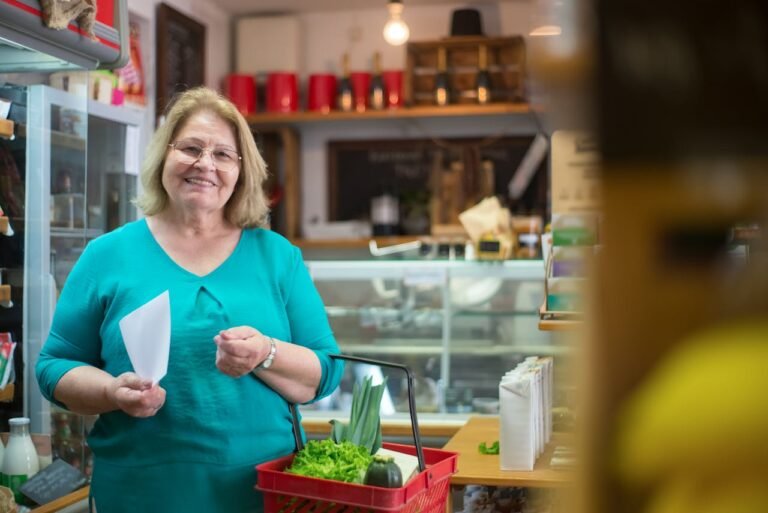The ketogenic (keto) diet has gained massive popularity in recent years due to its effectiveness in promoting weight loss, improving energy levels, and supporting overall health. By reducing carbohydrate intake and increasing healthy fats, the keto diet forces the body to enter a state of ketosis, where it burns fat for energy instead of carbs.
While the science behind keto is fascinating, one of the most practical aspects of getting started is building a proper keto-friendly shopping list. Having the right ingredients on hand is key to making the diet work for you and avoiding common pitfalls like relying on processed foods or getting stuck without keto-compliant options.
In this guide, we’ll provide a comprehensive keto shopping list, covering everything from pantry essentials and fresh produce to snacks and beverages. By the end, you’ll have everything you need to embark on your keto journey confidently.
Understanding the Basics of the Keto Diet
Before diving into the shopping list, it’s essential to understand what makes a food keto-friendly. The ketogenic diet is characterized by the following macronutrient breakdown:
- 70-80% fat
- 10-20% protein
- 5-10% carbohydrates
This means you’ll need to prioritize high-fat foods, moderate amounts of protein, and keep carbs to a minimum (typically under 50 grams per day).
Foods to focus on:
- Healthy fats (e.g., avocado, olive oil, butter)
- Low-carb vegetables (e.g., spinach, zucchini, broccoli)
- High-quality proteins (e.g., meat, fish, eggs)
- Minimal carbs from non-starchy vegetables and occasional low-carb fruits
Building Your Keto Shopping List
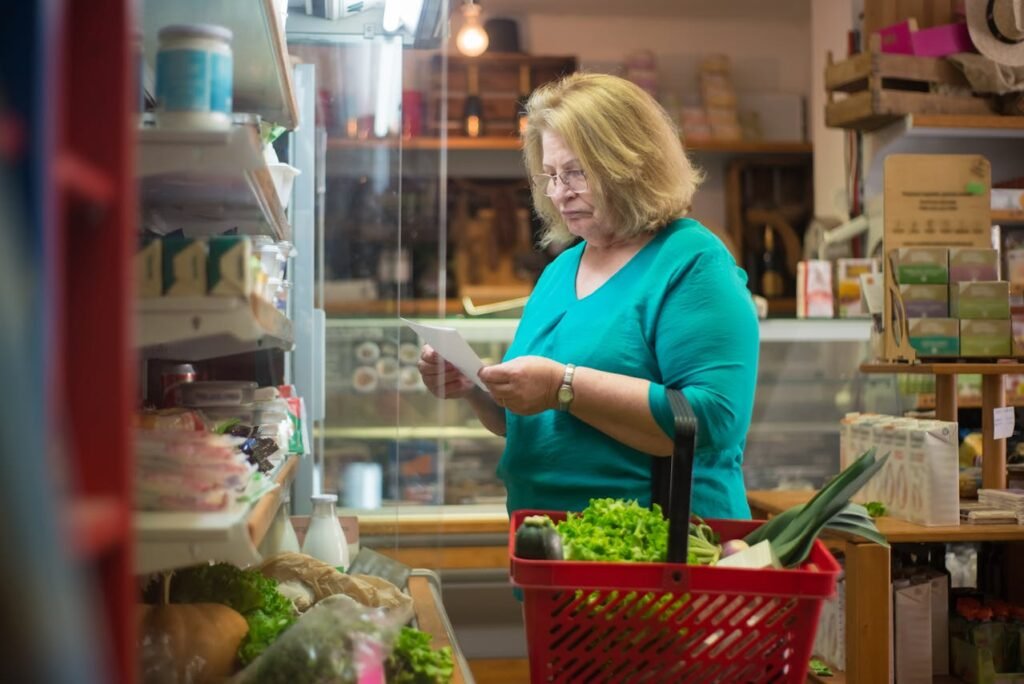
1. Healthy Fats (The Foundation of Keto)
Fats are the cornerstone of the ketogenic diet, providing the majority of your daily calories. Focus on high-quality fats that are nutrient-dense and free from harmful additives.
- Oils and Fats
- Extra virgin olive oil
- Avocado oil
- Coconut oil (unrefined)
- Ghee (clarified butter)
- Grass-fed butter
- MCT oil
- Whole-Food Fats
- Avocados
- Olives (green, black, kalamata)
- Nuts (macadamia nuts, almonds, pecans, walnuts)
- Seeds (chia seeds, flaxseeds, sunflower seeds)
2. Proteins (Moderate and High-Quality Sources)
While protein is essential, consuming too much can kick you out of ketosis by converting excess protein into glucose. Aim for moderate portions of high-quality, unprocessed proteins.
- Meats
- Grass-fed beef
- Pork (bacon, chops, sausage—ensure no added sugars)
- Poultry (chicken thighs, wings, turkey)
- Lamb
- Seafood
- Salmon (wild-caught preferred)
- Mackerel
- Tuna
- Sardines
- Shellfish (shrimp, crab, lobster)
- Eggs
- Organic, free-range eggs
- Deli Meats
- Roast beef
- Turkey slices
- Prosciutto
- Salami (check for added sugars)
3. Low-Carb Vegetables (The Bulk of Your Carbs)
Vegetables are an essential part of the keto diet, providing fiber, vitamins, and minerals. Focus on non-starchy, low-carb options.
- Leafy Greens
- Spinach
- Kale
- Arugula
- Romaine lettuce
- Cruciferous Vegetables
- Broccoli
- Cauliflower
- Brussels sprouts
- Cabbage
- Other Low-Carb Vegetables
- Zucchini
- Bell peppers (green and red in moderation)
- Asparagus
- Mushrooms
- Cucumber
- Celery
4. Low-Carb Fruits (Occasional Treats)
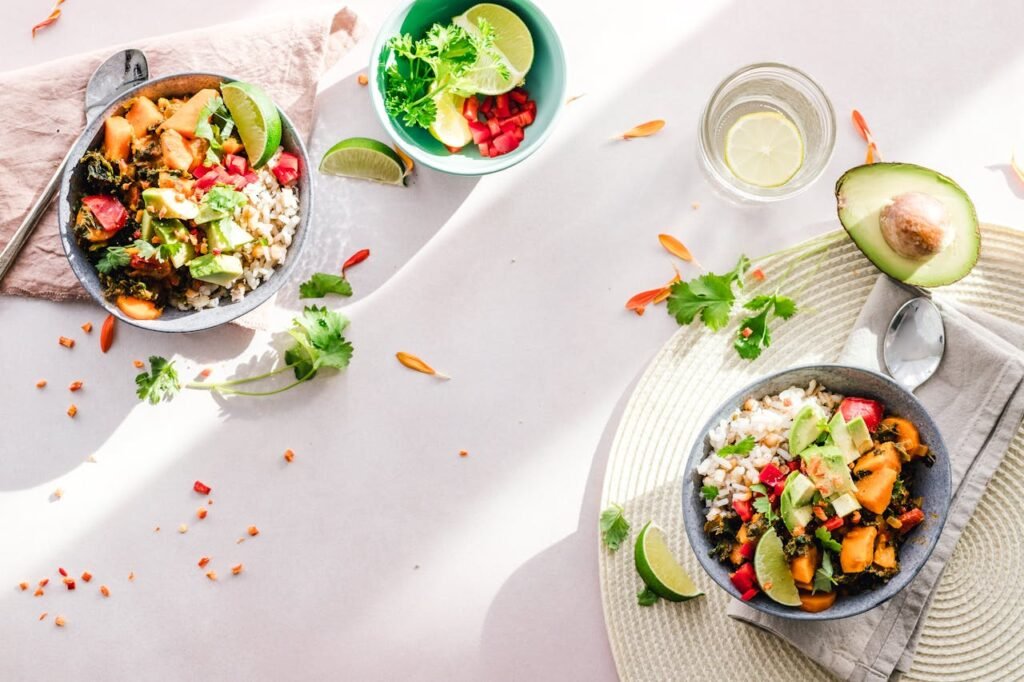
Fruits are naturally higher in sugar, so they should be eaten sparingly on a keto diet. Stick to low-carb options in small quantities.
- Low-Carb Fruits
- Berries (strawberries, raspberries, blackberries)
- Avocado (yes, it’s technically a fruit!)
- Lemon and lime (great for flavoring water or dishes)
5. Dairy (If Tolerated)
Full-fat, minimally processed dairy can be a great source of fats and proteins on keto, but not everyone tolerates dairy well. If it works for you, these are excellent additions to your shopping list:
- Cheese
- Cheddar
- Parmesan
- Mozzarella
- Goat cheese
- Cream cheese
- Creams
- Heavy whipping cream
- Sour cream
- Yogurt
- Full-fat Greek yogurt (unsweetened)
6. Pantry Staples
Stocking your pantry with keto-friendly staples ensures you’re never caught unprepared. These items are versatile and long-lasting.
- Spices and Herbs
- Salt (sea salt, Himalayan pink salt)
- Pepper
- Garlic powder
- Onion powder
- Paprika
- Italian seasoning
- Cumin
- Baking Essentials
- Almond flour
- Coconut flour
- Psyllium husk powder
- Baking powder
- Xanthan gum
- Sweeteners
- Stevia
- Erythritol
- Monk fruit sweetener
- Condiments
- Mustard
- Sugar-free ketchup
- Hot sauce
- Soy sauce or coconut aminos
7. Snacks (Keto-Friendly Options)
Snacking can derail your progress if you’re not careful, but having keto-friendly options on hand can help curb cravings.
- Nuts and Seeds
- Almonds
- Pecans
- Pumpkin seeds
- Pre-Packaged Snacks
- Pork rinds
- Beef jerky (no added sugars)
- String cheese
- Homemade Snacks
- Deviled eggs
- Fat bombs
8. Beverages
Staying hydrated is crucial on the keto diet, especially since the body tends to lose water quickly when carbs are reduced.
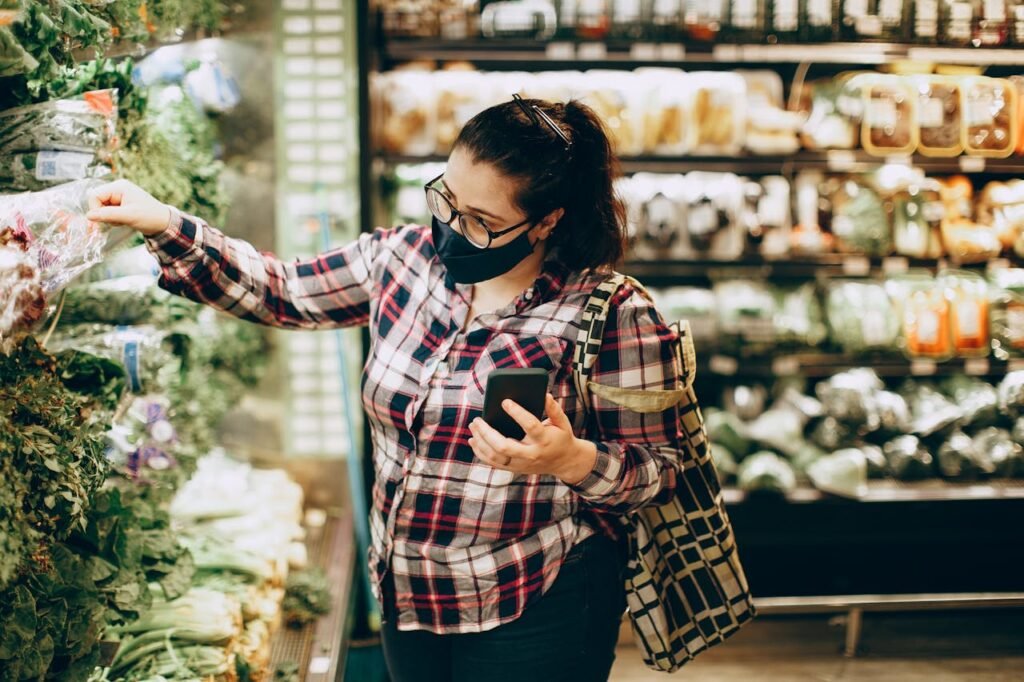
- Water
- Plain water
- Sparkling water
- Keto-Friendly Drinks
- Coffee (with cream or MCT oil)
- Tea (unsweetened)
- Bone broth
- Electrolytes
- Sugar-free electrolyte powders
- Coconut water (in moderation)
Common Pitfalls to Avoid While Shopping for Keto
- Not Reading Labels: Many packaged foods contain hidden sugars or carbs. Always check the ingredients and nutritional labels carefully.
- Over-Reliance on Processed Foods: While there are plenty of keto-branded snacks available, prioritize whole, nutrient-dense foods for optimal health.
- Buying Low-Fat Products: Keto emphasizes healthy fats, so opt for full-fat versions of dairy and other products.
- Ignoring Fiber: Some high-fat, low-carb foods lack fiber. Ensure your shopping list includes plenty of fibrous vegetables and seeds to support digestion.
Sample Keto Shopping List
Here’s a quick reference shopping list to take with you:
Proteins
- Grass-fed beef
- Chicken thighs
- Salmon
- Eggs
Vegetables
- Spinach
- Broccoli
- Cauliflower
- Zucchini
Fats
- Olive oil
- Avocados
- Grass-fed butter
Dairy
- Cheddar cheese
- Heavy cream
Pantry
- Almond flour
- Erythritol
- Psyllium husk
Snacks
- Pork rinds
- Pecans
- String cheese
Beverages
- Coffee
- Sparkling water
Final Thoughts
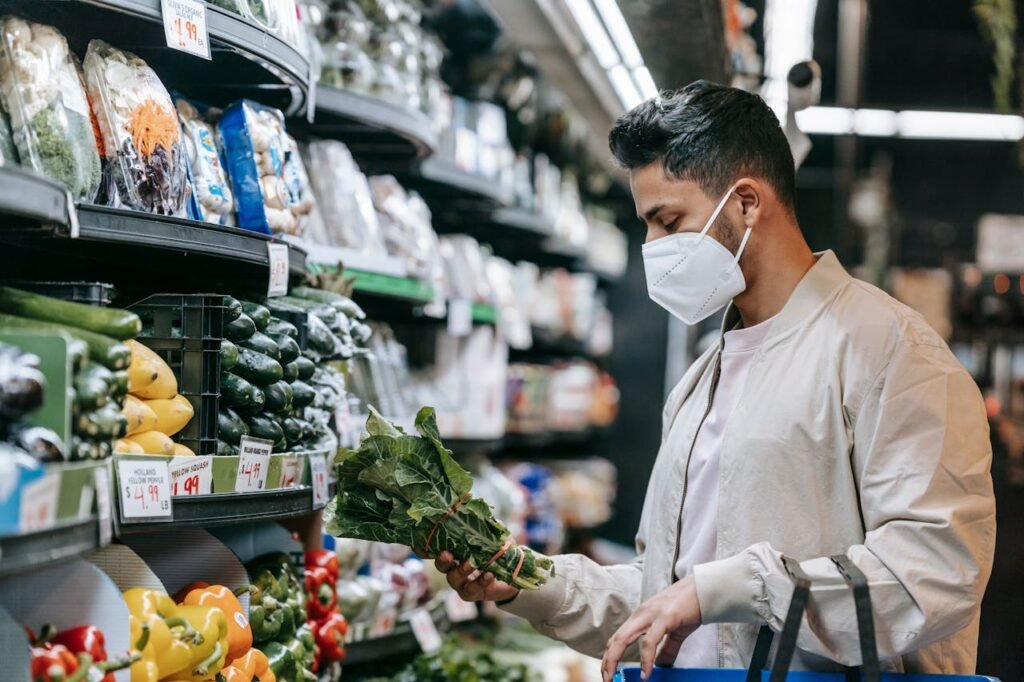
Starting the keto diet can feel overwhelming at first, but building a well-thought-out shopping list simplifies the process. By focusing on high-quality fats, moderate protein, and low-carb vegetables, you’ll set yourself up for success.
Remember, the key to thriving on keto isn’t just about restricting carbs—it’s about nourishing your body with nutrient-dense foods that support your overall health. With this comprehensive shopping list, you’ll have all the tools you need to navigate the grocery store like a keto pro.
Happy shopping, and here’s to your keto success!


